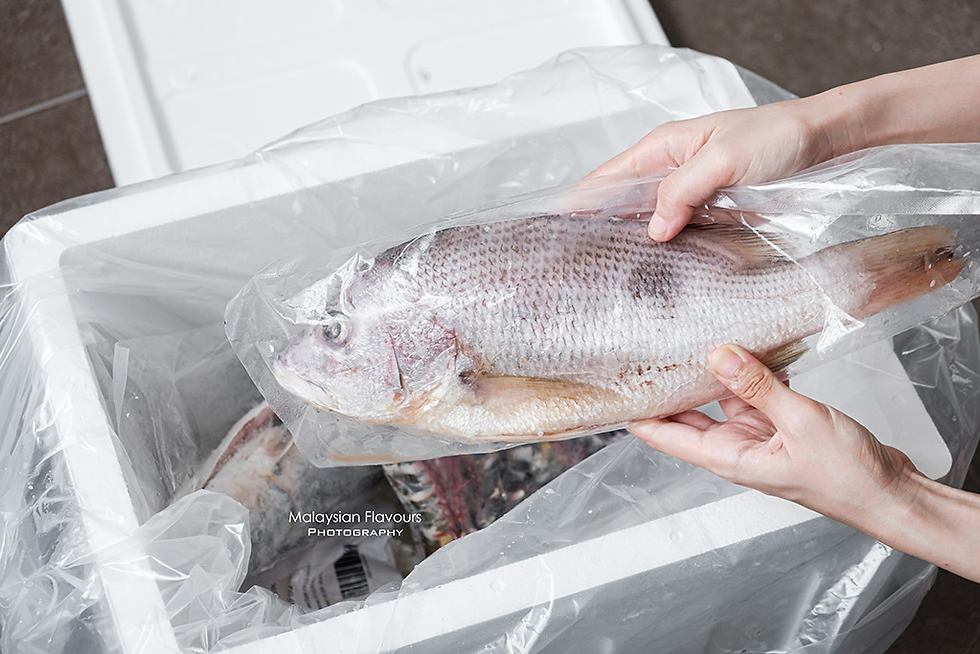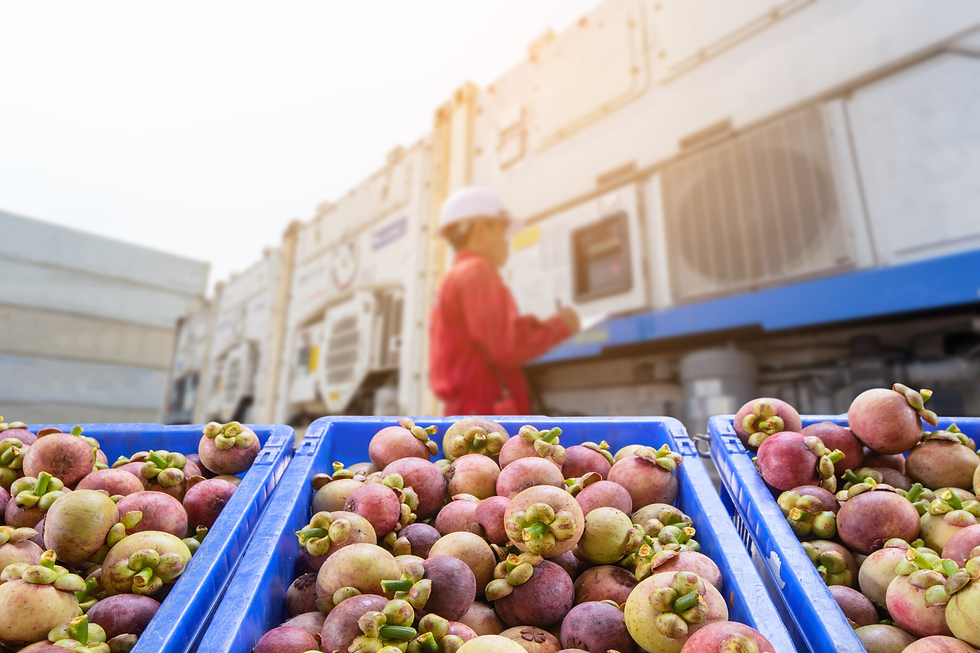6 Common Seafood Handling Mistakes That Cause Spoilage Before Delivery
- Ha Na-bi
- Aug 14
- 2 min read
Table of Contents

Introduction
Freshness is critical when it comes to seafood.
Even the smallest mistake in handling can lead to spoilage before it reaches the customer, affecting both your reputation and bottom line.
1. Improper Temperature Control
Seafood should be kept at 0–4°C from the moment it’s caught until delivery.
Fluctuating temperatures accelerate bacterial growth and spoilage.
Use insulated containers and temperature loggers to maintain consistent cold storage.

2. Delayed Processing After Catch
Leaving seafood unrefrigerated for too long after catch leads to rapid deterioration.
Immediate cleaning, gutting, and chilling are essential.
Partner with suppliers who follow strict handling timelines.
3. Cross-Contamination
Store seafood separately from other products, especially raw meat.
Use dedicated tools, gloves, and surfaces for seafood handling.
Regularly sanitise all contact surfaces.
4. Poor Packaging
Inadequate or damaged packaging exposes seafood to air and contaminants.
Use vacuum sealing or airtight containers to lock in freshness.
Include absorbent pads to manage excess moisture.
5. Inadequate Transport Conditions
Delivery vehicles must be equipped with reliable refrigeration.
Avoid frequent opening of storage compartments during transport.
Train drivers on cold chain management best practices.

6. Lack of Staff Training
Employees handling seafood must understand hygiene, temperature control, and proper packaging.
Regular training sessions help reinforce best practices.
Well-trained staff are key to maintaining quality from catch to delivery.
Did You Know?
Many seafood businesses in Malaysia now use cold delivery services with GPS temperature tracking to ensure freshness from shore to store.
Conclusion
Preventing seafood spoilage starts with strict handling protocols.
By avoiding these mistakes and investing in proper cold chain management, you can ensure your products arrive in peak condition.

FAQ
1. What’s the ideal storage temperature for seafood?
Between 0–4°C.
2. How quickly should seafood be processed after catch?
Within 1–2 hours for optimal freshness.
3. Can cross-contamination affect seafood flavour?
Yes, and it can also cause foodborne illnesses.
4. Is vacuum sealing effective for seafood storage?
Yes, it helps extend freshness by limiting exposure to air.
5. Should delivery drivers be trained in seafood handling?
Absolutely—driver awareness is key to maintaining cold chain integrity.
🐟 Need reliable seafood cold delivery in Malaysia? Check out trusted providers here.









Comments